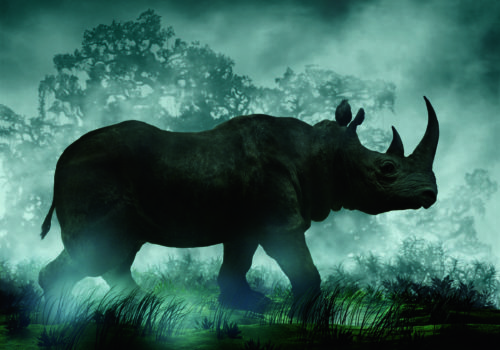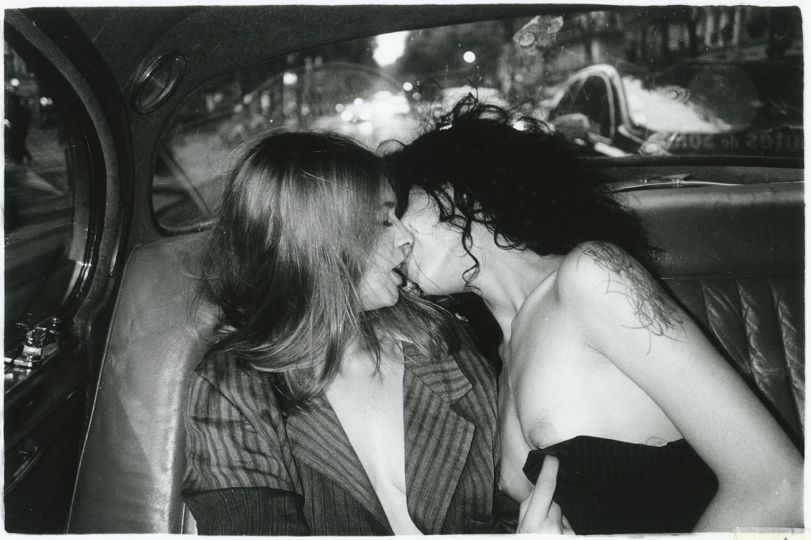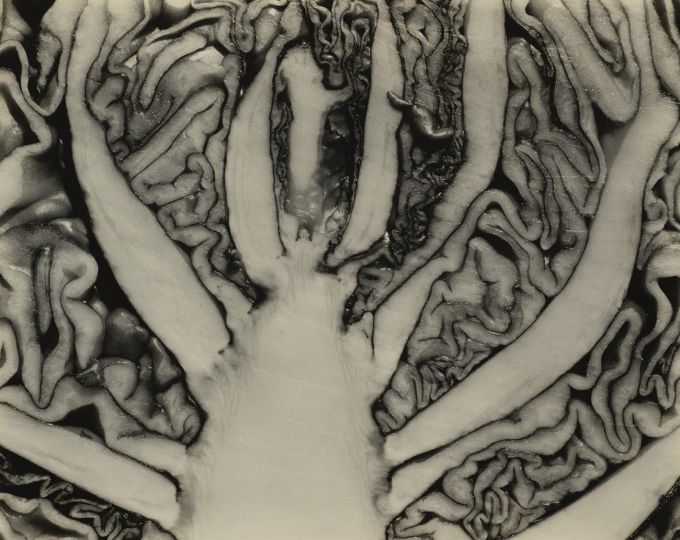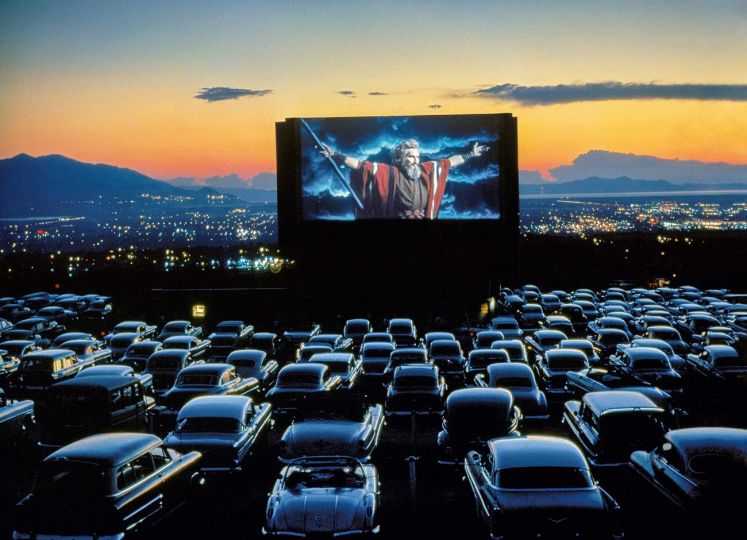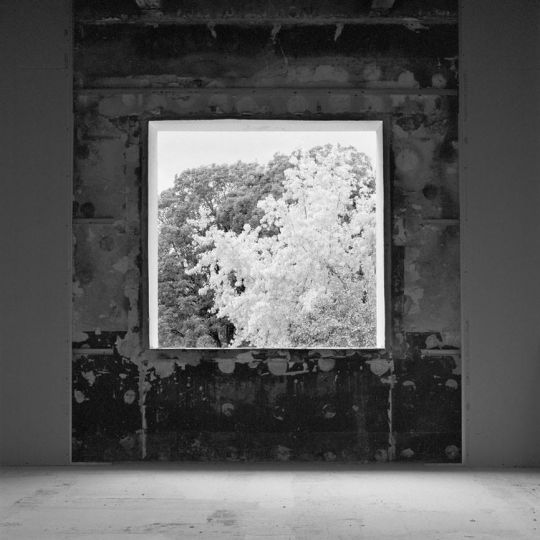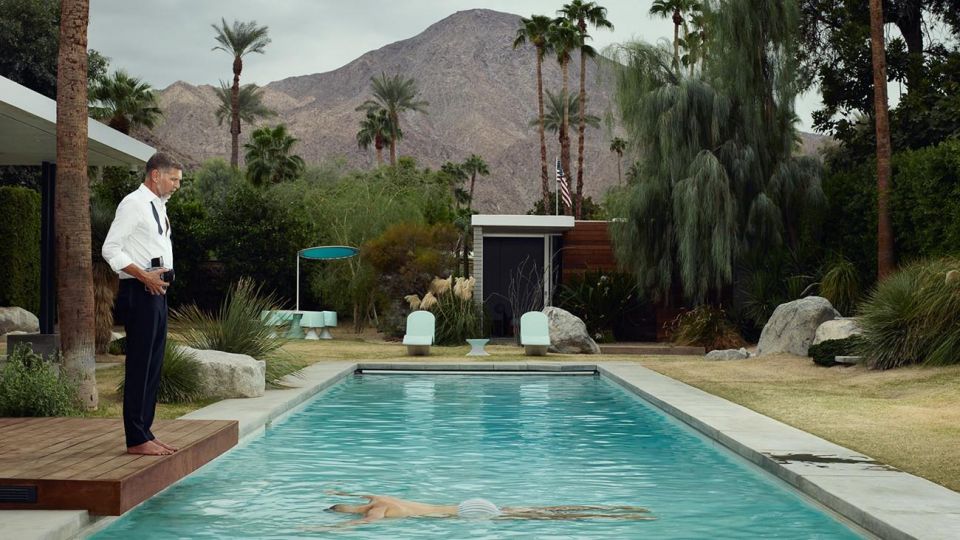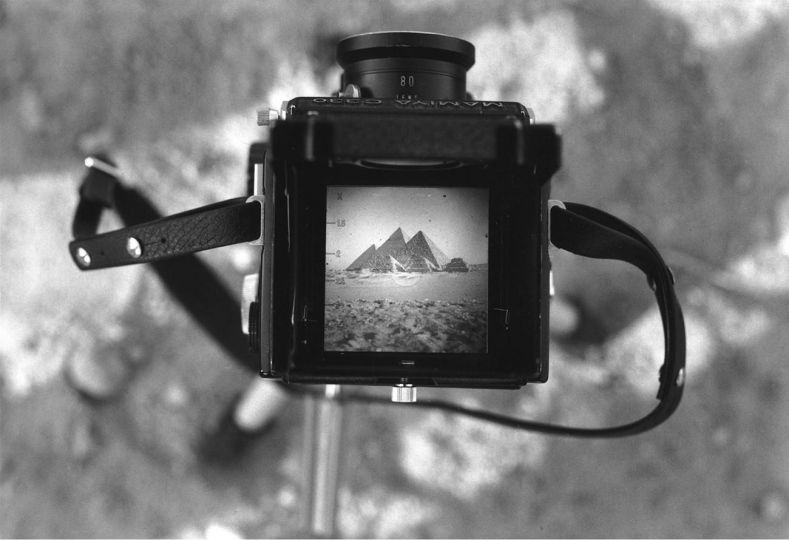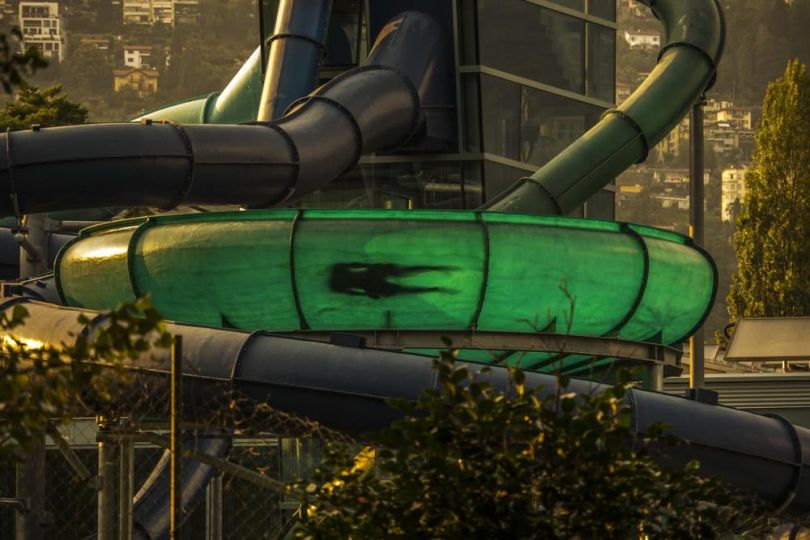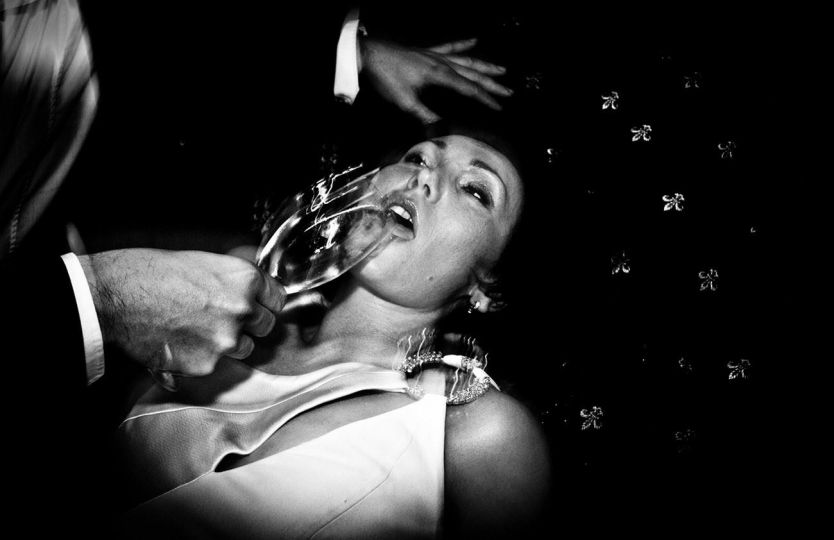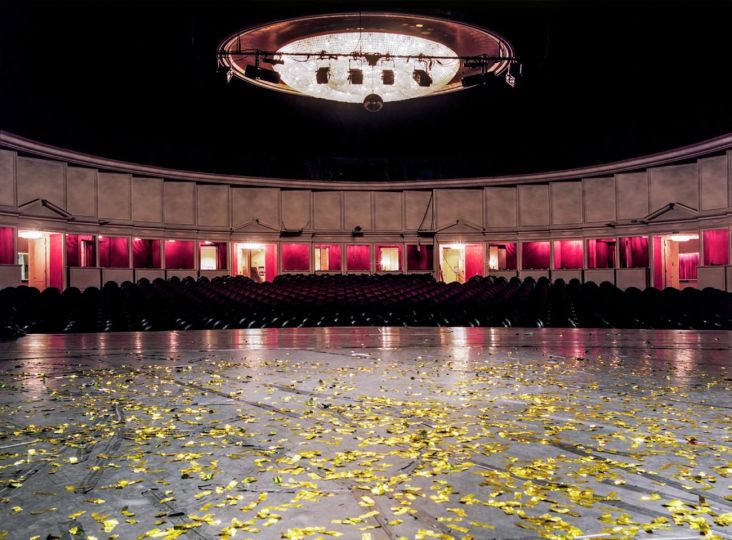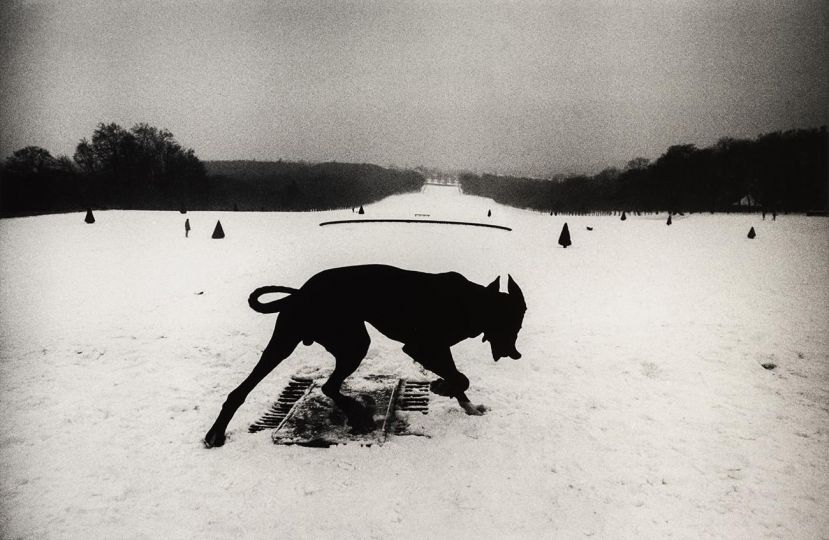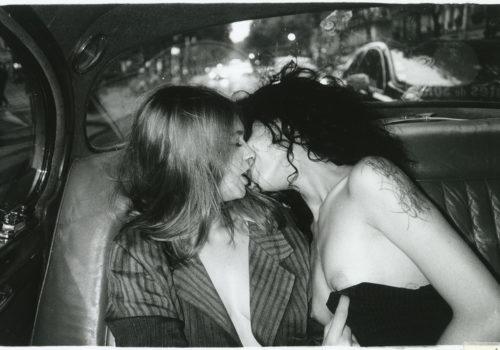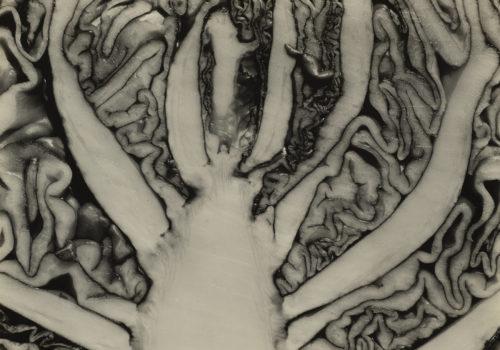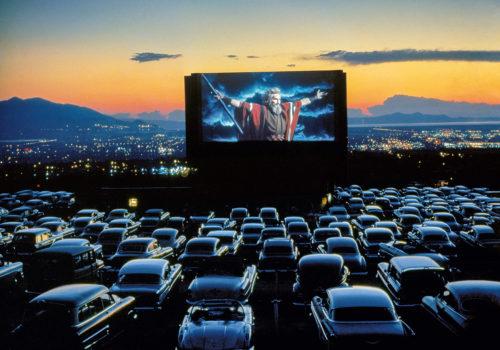In this first section, animals are used essentially for scientific study. Eadweard Muybridge (1830-1904) shows a cat walking then running through a sequential series of photos, while Herbert G. Ponting (1870-1935) accompanied Captain Scott on his expedition in the Antarctic from which he brought back over 1,700 glass negatives, including a strikingly beautiful profile of a penguin on an ice floe.
In the 20th centuruy photos, we notice a change in behaviour towards animals. In this part of this exhibit, we see how photographers gained control over their medium, playing with the camera, the printing of their negatives or with the image they chose to give to the animal. This was often done with humour as can be seen in the photo by Jean-Loup Sieff of a solitary cat in an inhospitable environment (1973), or sometimes in a more poetic vein, such as in the works of Didier Massard.
The photographer works in his studio, creating a decor for his animals that then evolve in imaginary landscapes like The Rhinoceros (2004), majestic and radiant in a silver-toned light. As for Patrick Bailly-Maître-Grand, he prefers insects. He chose to conserve the traces of insect movements within geometric frames. In his Rayogramme of the Spider (1988), the arachnid designs resemble brushstrokes in an abstract painting.
Le Bestiaire imaginaire
Animal photography from the 19th century to the present
Until january 16
Palais Lumière
Quai Albert Besson
74500 Evian
http://www.ville-evian.fr/

